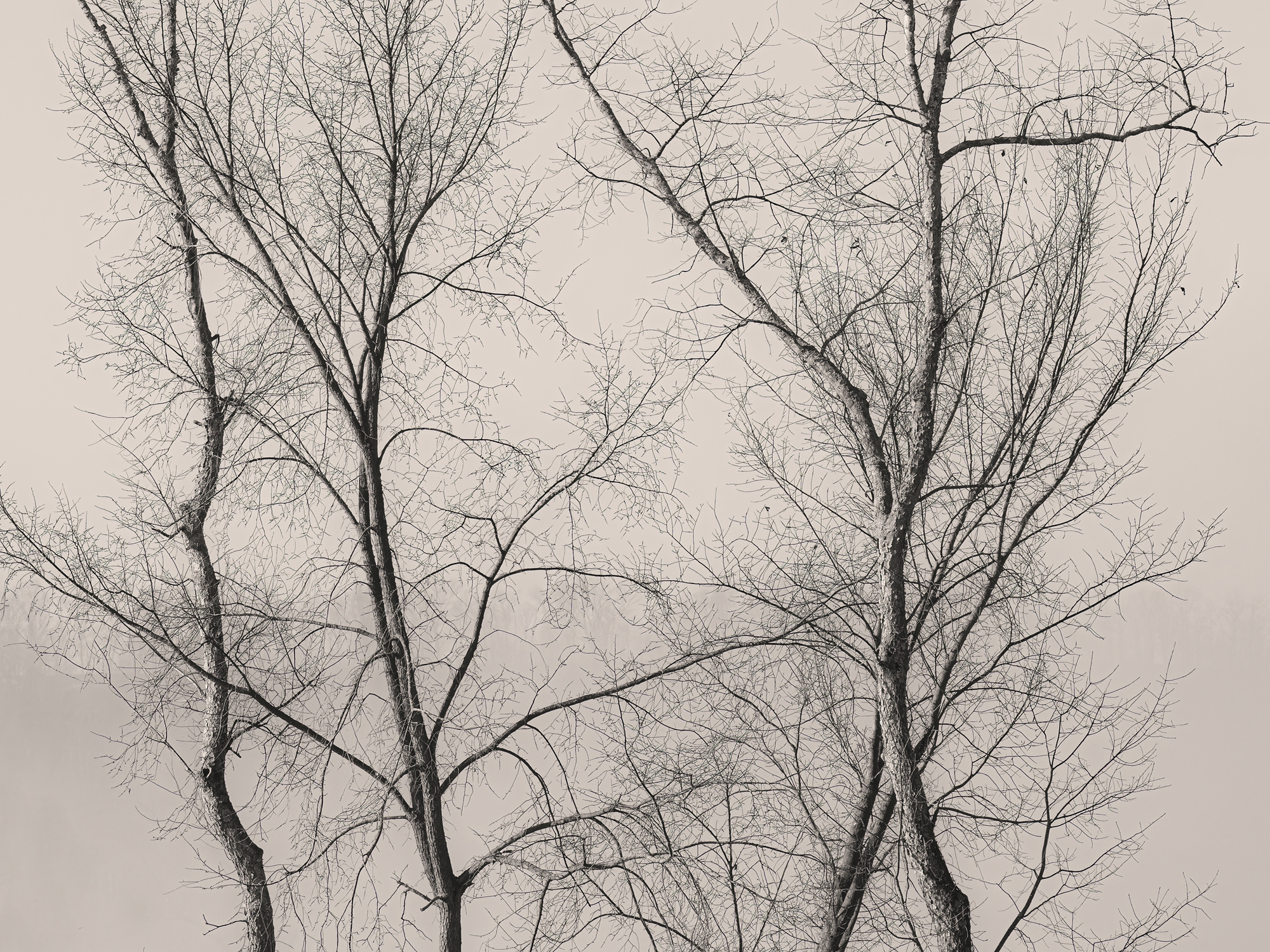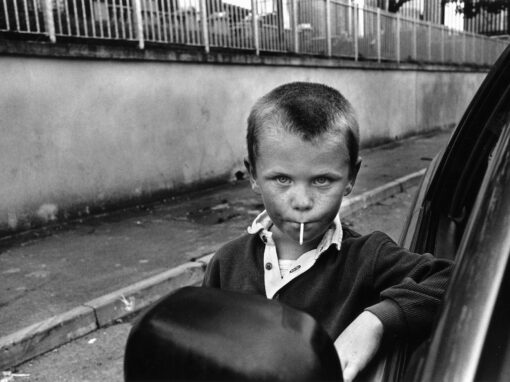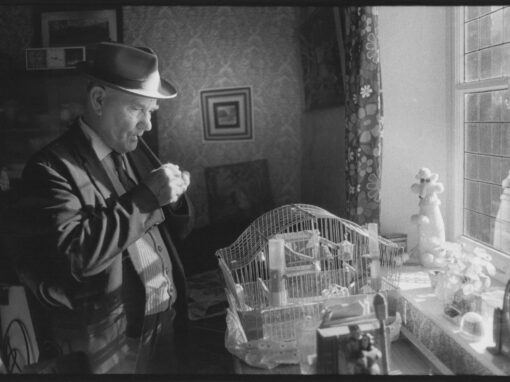As my interest in photography moved from images of something to images of a fine art nature, I have found myself more drawn to simplicity and quietness. The “subject” of the images has become less important, and the formalist elements (line, form, texture, contrast, etc.) have become more important.
I am still very cognizant of the objects in the image, it’s just that the objects are less what the image is about. The objects are then not the primary source of the emotion. The driver of emotion is derived more from the way the creative decisions I make function together and then communicate my feelings. This approach to the medium is more intimate, more personal, and more authentic to who I am. Another impact of creating in this style is that I have no need to travel far from my studio here in Pennsylvania. In fact, I have never been a traveler, preferring to work locally and see deeply. The challenge of this way of working is that it pushes me to go beyond the superficial.
I have come to understand that objects are not inherently beautiful. Beauty is a human concept, not an attribute of the physical. Once I accepted this premise that I am the conceiver of beauty, that is, beauty is something that I create through my conception, then I felt free to look at everything differently. I think Edward Weston’s pepper image is a good example of where an object was rendered to create beauty rather than the pepper itself being “beautiful.”
I’ve been a full time fine art photographer for over 21 years, as I’ve gotten older, I’ve come to trust my instincts, work more intuitively and more authentically. As a result, I feel more confident in my work and believe this is obvious to my audience as well. When my work connects with someone, it’s a deeper connection.
I seem to have a need for regular esthetic experiences and find working in a more subjective way (ironically, one where “subject” is less important), allows me to create those experiences in any environment. I am not limited by location, so I don’t need to go to the exotic locations of choice. I’d much rather work in locations where I am comfortable physically and mentally, and in which I can allow myself an almost meditative response to what I see. I’m not looking to have an experience and then translate that into an image. Rather, I use the active, image-making process to create the experience. The creative process is how the experience happens.
Bare trees against an overcast sky allow me to explore an inner sense of beauty from which I then create an expressive image. Basically, when I begin to have a dopaminergic response, I know I’m on the right track.
This image was made on the acreage of our small farm in central Pennsylvania, where I have lived for ten years and which serves as a big outdoor studio for me. I can look out the windows of my studio and react to conditions as they happen. I can walk out the front door, head down the road and just respond to my inner emotions. There was a time when I would always work with a tripod, but with image stabilization and the quality of higher ISO settings, I’ve become comfortable working handheld even with longer focal lengths. One of my favorite lenses is the Olympus 100-400mm f5-6.3 (equivalent to a 200-800mm framing). With this lens, I can isolate sections of my field of view and compose specific vignettes that excite me.
What are the TWO most impactful features that make your image a good photograph? Don’t be shy!
The two features of this image that I feel are most impactful are its simplicity (both in content and in being monochromatic) and the elegance of line (the curves of the branches and their interaction).
If you could make this photo again, what would be the ONE thing you would like to do better or differently?
I believe this image works as is; I don’t think there are any changes I would make.
Paul Grecian shared this photograph with the FRAMES Facebook Group.
Photographer
Paul Grecian, Pennsylvania, USA
Equipment and settings
Olympus E-M1X camera with Olympus 100-400mm f5-6.3 lens at 150mm (300mm equivalent), 1/320 sec., handheld, f9, ISO 200, Aperture Priority, Pattern Metering.




